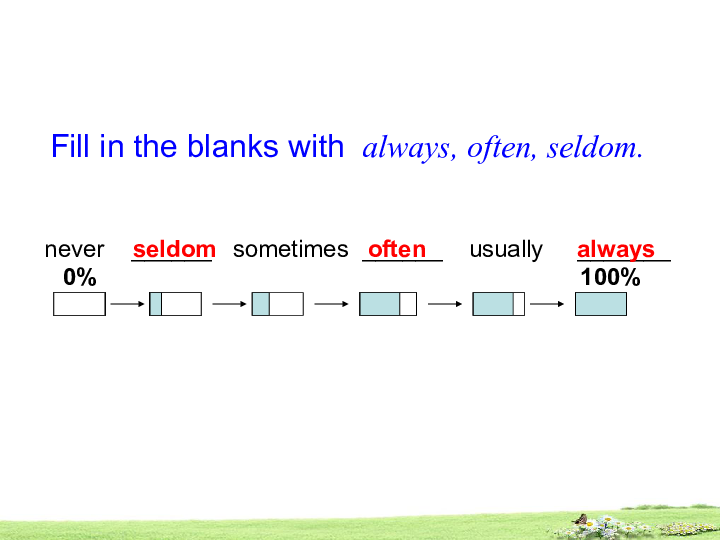Comprehensive Guide to Cat 5 A or B Wiring Diagram: Understanding Ethernet Cable Standards for Optimal Network Performance
#### Introduction to Cat 5 A or B Wiring DiagramIn the world of networking, understanding the intricacies of cabling is essential for setting up a reliable……
#### Introduction to Cat 5 A or B Wiring Diagram
In the world of networking, understanding the intricacies of cabling is essential for setting up a reliable and efficient network. One key component in this setup is the Ethernet cable, particularly the Cat 5 standard. The Cat 5 A or B wiring diagram is crucial for anyone looking to establish a wired network connection. This guide will delve deep into the significance of these wiring standards, the differences between A and B configurations, and how to effectively implement them in your networking projects.
#### What is Cat 5 Cable?
Cat 5, or Category 5, is a type of twisted pair cable used for networking and telecommunications. It is designed to support data transmission speeds of up to 100 Mbps over distances of 100 meters. The Cat 5 standard has been largely superseded by Cat 5e and Cat 6, but it remains relevant for basic networking needs. Understanding the wiring configuration of Cat 5 cables is crucial for ensuring optimal performance and minimizing data loss.
#### Understanding Wiring Standards: A vs. B
The Cat 5 A or B wiring diagram refers to two different pin configurations used in Ethernet cables. The primary difference lies in the arrangement of the colored wires within the cable.
- **T568A** (A wiring): This standard is often used in residential installations and is recommended by the Telecommunications Industry Association (TIA). The pinout for T568A is as follows:
- Pin 1: White/Green
- Pin 2: Green
- Pin 3: White/Orange
- Pin 4: Blue
- Pin 5: White/Blue

- Pin 6: Orange
- Pin 7: White/Brown
- Pin 8: Brown
- **T568B** (B wiring): This configuration is more common in commercial installations and is compatible with many existing networks. The pinout for T568B is:
- Pin 1: White/Orange
- Pin 2: Orange
- Pin 3: White/Green
- Pin 6: Green

#### Choosing Between A and B Wiring
When deciding between the T568A and T568B wiring standards, consider the following factors:
1. **Compatibility**: If you are connecting to an existing network, it’s crucial to match the wiring standard used in that network to avoid connectivity issues.
2. **Installation Environment**: T568A is often recommended for residential use, while T568B is frequently used in commercial settings. Choose the one that aligns with your installation environment.
3. **Future-Proofing**: If you plan to expand your network in the future, consider using T568B, as it is more widely adopted in commercial applications.
#### How to Create Your Own Cat 5 A or B Wiring Diagram
Creating your own wiring diagram can be straightforward. Follow these steps:
1. **Gather Necessary Tools**: You’ll need a Cat 5 cable, a wire stripper, a crimping tool, and an Ethernet connector.

2. **Strip the Cable**: Remove about 2 inches of the outer jacket from the cable to expose the twisted pairs inside.
3. **Arrange the Wires**: Untwist the pairs and arrange them according to the T568A or T568B standard you’ve chosen.
4. **Trim the Wires**: Cut the wires to ensure they are all of equal length and will fit into the connector.
5. **Insert Wires into Connector**: Carefully insert the wires into the RJ45 connector, ensuring they follow the correct pinout.
6. **Crimp the Connector**: Use the crimping tool to secure the connector to the cable.
#### Conclusion
Understanding the Cat 5 A or B wiring diagram is essential for anyone involved in networking. By choosing the right wiring standard and following proper installation techniques, you can create a reliable and efficient network that meets your needs. Whether for home or office use, mastering these fundamentals will help ensure your network operates smoothly and effectively.